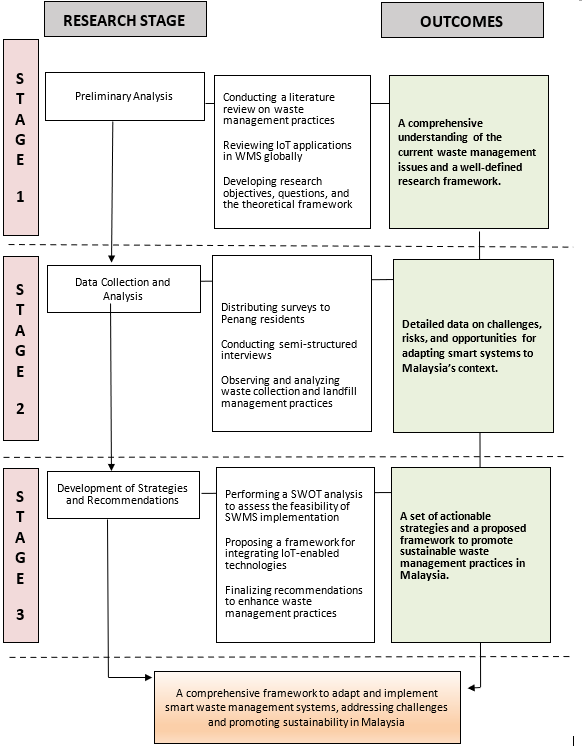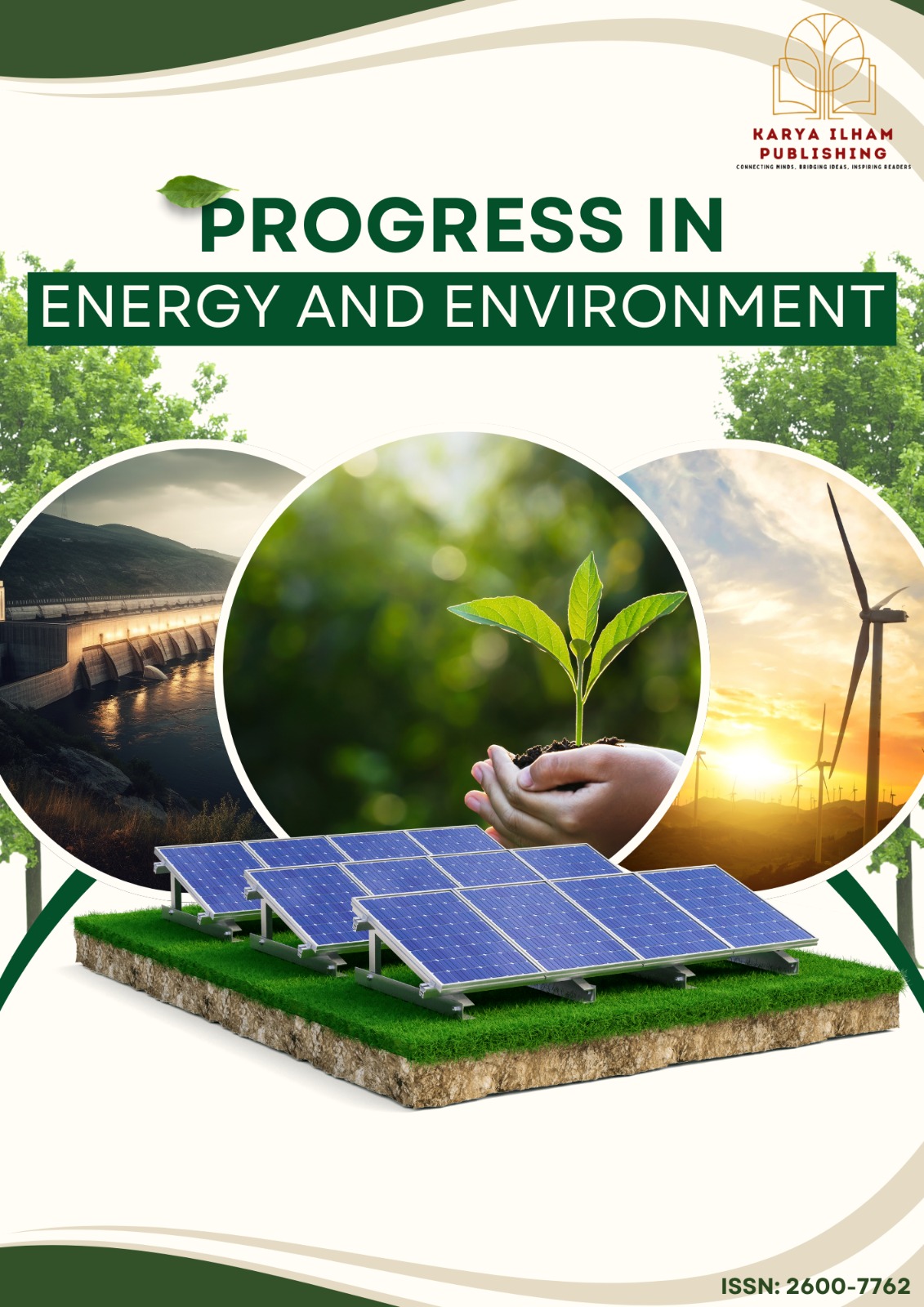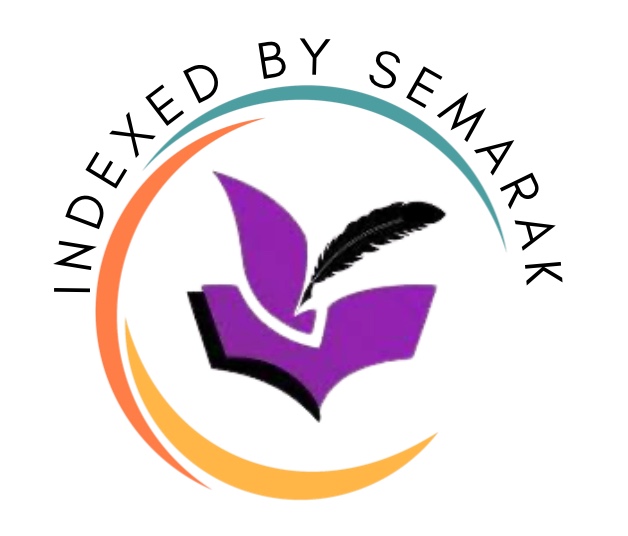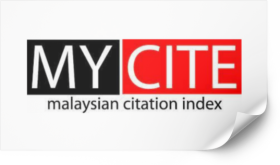Concept of Adapting Japan’s Smart Waste Management System to Malaysia’s Urban Area
DOI:
https://doi.org/10.37934/progee.31.3.7078Keywords:
Smart Waste Management Systems, IoT-Based Waste Management, Waste Management Challenges, Sustainable Waste Solutions, Japan Waste Management Model, Penang Waste ManagementAbstract
Urban areas in Malaysia, such as Penang, are experiencing rapid growth in waste generation, while traditional methods like landfilling and incineration remain inefficient and unsustainable. These challenges demand smarter, technology-driven solutions. Japan has successfully implemented a Smart Waste Management System (SWMS) using Internet of Things (IoT) technology to optimise collection, enhance recycling, and reduce environmental impact. However, the feasibility of adopting such systems in Malaysia remains uncertain due to differences in infrastructure, policy, and socio-economic conditions. This study aims to assess the potential for adapting Japan’s SWMS to Penang as a representative urban area in Malaysia. The research objectives are to identify key challenges, evaluate the risks involved, and propose strategies for effective implementation. A comparative case study approach was adopted, combining qualitative and quantitative methods. Surveys were distributed to Penang residents to gather public perceptions and awareness levels, while field observations focused on waste collection practices. Additionally, expert interviews were conducted with officials from Majlis Bandaraya Pulau Pinang (MBPP) to explore policy, infrastructure, and operational insights. A SWOT analysis was then applied to evaluate the strengths, weaknesses, opportunities, and threats of integrating smart waste technologies within the local context. The findings are expected to provide practical recommendations for improving Malaysia’s urban waste management through IoT-based solutions, offering a foundation for future policy and infrastructure development.
References
[1] H.N. Saha, S. Auddy, S. Pal, S. Kumar, S. Pandey, and R. Singh, Waste Management Using Internet of Things (IoT), in: 2017 8th Annual Industrial Automation and Electromechanical Engineering Conference (IEMECON), Bangkok, Thailand, 2017, pp. 359–363. https://doi.org/10.1109/IEMECON.2017.8079623.
[2] Z.A. Zainu, and A.R. Songip, Policies, Challenges, and Strategies for Municipal Waste Management in Malaysia. Journal of Science, Technology and Innovation Policy 3(1) (2021) 10–14. https://doi.org/10.11113/jostip.v3n1.18.
[3] N.S. Zamri, M.K.A. Kamarudin, M.A.A. Samah, A.S.M. Saudi, N.A. Wahab, M.H.M. Saad, and S.N.A.M. Bati, The Environmental Pollution and Solid Waste Management in Malaysia. International Journal of Academic Research in Business and Social Sciences 9(12) (2019) 13–25. http://dx.doi.org/10.6007/IJARBSS/v9-i12/6662.
[4] M.D.M. Samsudin, and M.M. Don, Municipal Solid Waste Management in Malaysia: Current Practices, Challenges and Prospects. Jurnal Teknologi (Sciences & Engineering), 62(1) (2013) 95–101. https://doi.org/10.11113/jt.v62.1293.
[5] Omran, A., A. Mahmood, H. Abdul Aziz, and G. M. Robinson, Investigating Households' Attitude Toward Recycling of Solid Waste in Malaysia: A Case Study. International Journal of Environmental Research 3(2) (2009) 275–288. https://doi.org/10.22059/ijer.2009.55.
[6] Z.A. Zainu, and A.R. Songip, Policies, Challenges, and Strategies for Municipal Waste Management in Malaysia. Journal of Science, Technology and Innovation Policy 3(1) (2021) 10–14. https://doi.org/10.11113/jostip.v3n1.18.
[7] I. Sosunova, and J. Porras, IoT-Enabled Smart Waste Management Systems for Smart Cities: A Systematic Review, in: IEEE Access, vol. 10, pp. 73326-73363, 2022. https://doi.org/10.1109/ACCESS.2022.3188308.
[8] D. Szpilko, A.T. Gallegos, F.J. Naharro, A. Rzepka, and A. Remiszewska, Waste Management in the Smart City: Current Practices and Future Directions. Resources 12 (10) (2023) 115. https://doi.org/10.3390/resources12100115.
[9] A. Hussain, U. Draz, T. Ali, S. Tariq, M. Irfan, A. Glowacz, J.A.A. Daviu, S. Yasin, and S. Rahman, Waste Management and Prediction of Air Pollutants Using IoT and Machine Learning Approach. Energies 13 (3930) (2020). https://doi.org/10.3390/en13153930.
[10] N.S. Kumar, B. Vuayalakshmi, R.J. Prarthana, and A. Shankar, IoT-Based Smart Garbage Alert System Using Arduino UNO, in: 2016 IEEE Region 10 Conference (TENCON), Singapore, 2016, pp. 1028–1034, https://doi.org/10.1109/TENCON.2016.7848162.
[11] M.A. Rahman, S.W. Tan, A. Taufiq Asyhari, I.F. Kurniawan, M.J.F. Alenazi, and M. Uddin, IoT-Enabled Intelligent Garbage Management System for Smart City: A Fairness Perspective, in: IEEE Access, vol. 12, pp. 82693–82705, 2024. https://doi.org/10.1109/ACCESS.2024.3412098.
[12] M.P. Varghese, V.S. Anooja, R. Akhila, M. Krishnakumar, and A. Xavier, IoT-Based Smart Waste Management System with Level Indicators for Effective Garbage Waste Segregation, in: 2024 Third International Conference on Distributed Computing and Electrical Circuits and Electronics (ICDCECE), Ballari, India, 2024, pp. 1–5. https://doi.org/10.1109/ICDCECE60827.2024.10548589.
[13] N. Yadav, A. Garg, A. Narang, and D. Bathla, The Internet of Things Envisioned a Waste Collection Paradigm. Journal of Emerging Technologies and Innovative Research 10(5) (2023) 123–130.
[14] Moshkal, M., Y. Akhapov, and A. Ogihara, Sustainable Waste Management in Japan: Challenges, Achievements, and Future Prospects: A Review. Sustainability 16(17) (2024) 7347.

Downloads
Published
Issue
Section
License
Copyright (c) 2025 Progress in Energy and Environment

This work is licensed under a Creative Commons Attribution-NonCommercial 4.0 International License.















